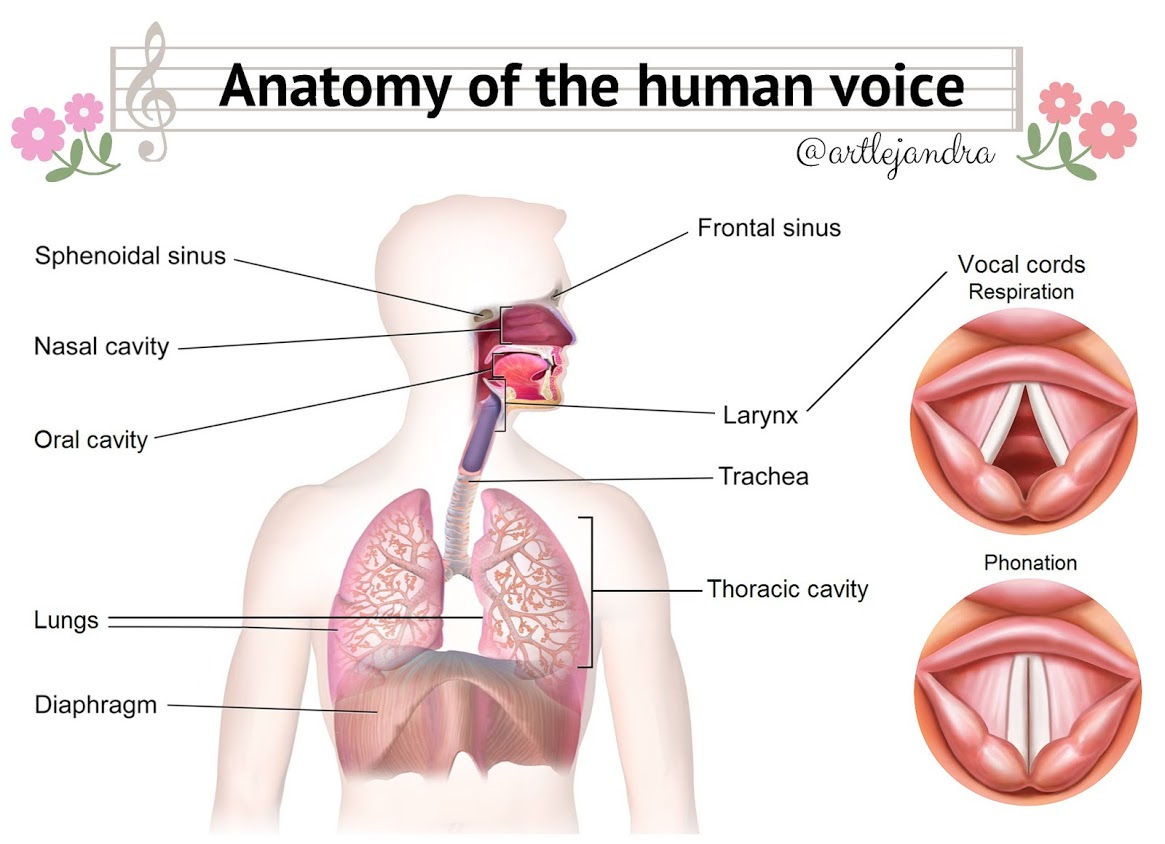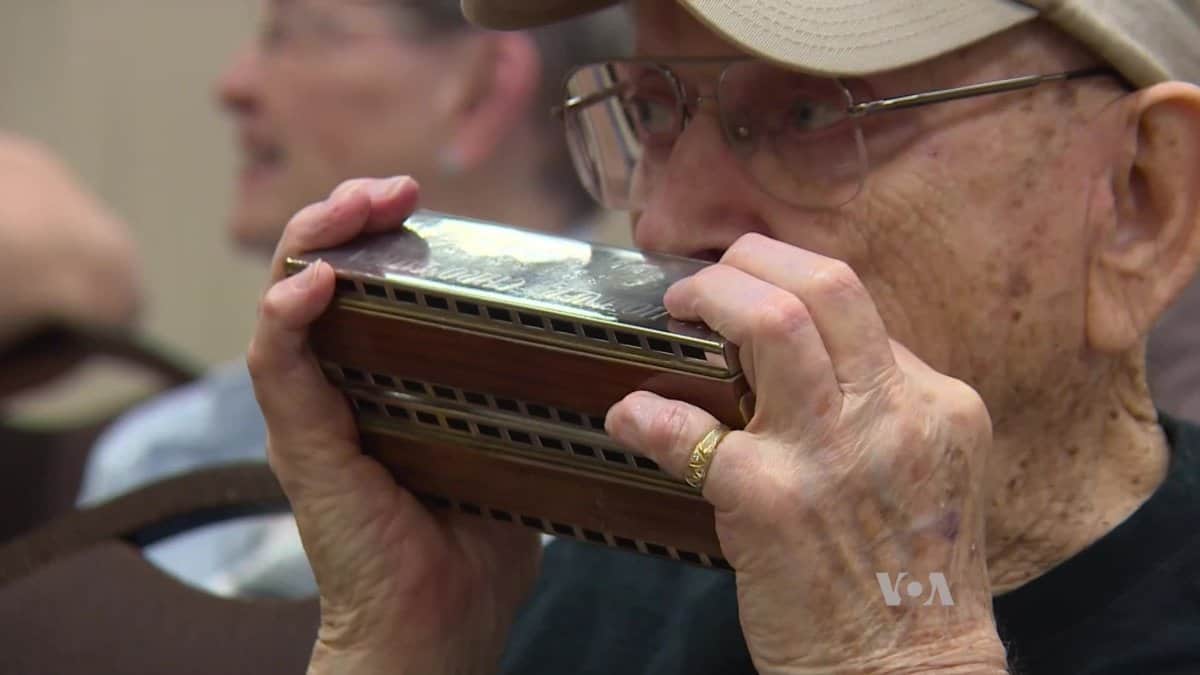Playing the harmonica is a unique experience, as it requires the player to use their mouth and breath to create sound. Proper breathing technique is crucial for any harmonica player, from beginners to advanced. In this article, we will explore the best ways to breathe while playing harmonica, including tips and exercises to improve your breath control and overall playing.
Understanding Diaphragmatic Breathing
Diaphragmatic breathing, also known as belly breathing, is the foundation of good breathing technique for harmonica players. This type of breathing involves using the diaphragm muscle, located at the bottom of the lungs, to draw in air. This results in a deeper, more efficient breath, allowing for better control and endurance while playing.
To practice diaphragmatic breathing, lie down on your back and place one hand on your stomach and the other on your chest. Take a deep breath in through your nose, focusing on filling your belly with air. Your hand on your stomach should rise, while your hand on your chest should remain relatively still. Exhale slowly through your mouth. Repeat this process several times, focusing on using your diaphragm to breathe.
Proper Posture for Breathing
Having good posture is essential for proper breathing while playing harmonica. Sitting or standing upright allows the diaphragm to move freely and take in maximum air. Keep your shoulders down and relaxed, and avoid slouching or hunching over.
Breathing Patterns for Harmonica Playing
There are two main breathing patterns used in harmonica playing: inhale and exhale. Inhaling draws air into the harmonica, creating a clean, clear sound. Exhaling releases air, creating a grittier, more bluesy sound.
It’s important to practice both inhaling and exhaling breaths, as well as transitioning smoothly between the two. This will help you create a wide range of sounds and dynamics in your playing.
Exercises for Improving Breath Control
Here are a few exercises to help improve your breath control and diaphragmatic breathing while playing harmonica:
1. Long tones: Play a single note and hold it for as long as possible, focusing on using your diaphragm to control your breath.
2. Tongue blocking: Use your tongue to block off certain holes on the harmonica, forcing you to use more breath to play.
3. Breath attacks: Practice playing short, staccato notes by quickly inhaling or exhaling a small amount of air.
4. Vibrato: Use your diaphragm to create a subtle vibrato effect by rapidly inhaling and exhaling.
Incorporating Breathing Techniques into Your Playing
Once you have a good understanding of diaphragmatic breathing and have practiced some exercises, it’s time to incorporate these techniques into your playing. Start by choosing a simple song or melody and focusing on your breath control as you play. Pay attention to your posture and breathing patterns, and make adjustments as needed.
As you become more comfortable with these techniques, challenge yourself by playing more complex songs and incorporating a wider range of dynamics and sounds.
Common Mistakes to Avoid
Here are a few common mistakes to avoid when breathing while playing harmonica:
1. Shallow breathing: Avoid taking shallow breaths that only fill the upper part of your lungs. This can lead to poor control and fatigue.
2. Poor posture: Slouching or hunching over can restrict your diaphragm’s movement and make it difficult to breathe properly.
3. Relying on your lungs: While your lungs are important for breathing, relying solely on them can lead to poor breath control and endurance.
Looking to improve your harmonica skills? Check out our articles on how to play harmonica, how to break in a harmonica, how to play Taps on harmonica, how to hold a harmonica, and how to put mouth on harmonica for more tips and techniques to enhance your harmonica playing experience!
Conclusion
Proper breathing technique is essential for any harmonica player. By understanding diaphragmatic breathing, practicing good posture, and incorporating breathing exercises into your playing, you can improve your breath control and create a wider range of sounds and dynamics. Remember to avoid common mistakes such as shallow breathing, poor posture, and relying solely on your lungs. With practice and dedication, you can become a skilled harmonica player who makes the most of every breath.






